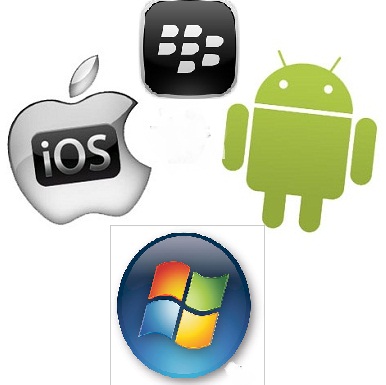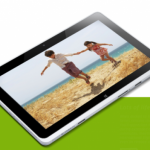Android and iOS are the two biggest names in the mobile Operating System software market. They are well known not just because of who developed them, Google for Android and Apple for iOS, but because of the perks and features that they provide for the user. There are many discussions that can be found in the Internet in terms of comparing the two “big boys”. One has an advantage over the other and vice versa so there is no real winner to call. It’s all about personal preference. Android is a java-based operating system, while iOS is a C-based operating system. If you are a programmer or have knowledge about these two programming languages, you would know that the applications that are on the iOS platform are faster than those of the Android platform. The reason behind it is that java application needs to create a java virtual machine (JVM) before it could run, making it run slower. Applications written in the C programming language are faster since they “access” the hardware of the system more direct than java.
The demand for the functionality for smart phones has greatly increased. Users demand more flexibility and power from their smart phones. The market right now is being dominated by Android Jelly Bean and iOS 6. Now there are two competitors. Microsoft with their Windows Phone 8 and the recently released Blackberry 10. With that being said, choosing the right phone is really hard. Here are some points and information to look into when choosing between the 4.
Interface
The interface is the core component to any mobile platform since this will be the first to be seen by your users. The way that the interface is laid out makes all the difference.
iOS – Apple
Apple’s user interface is famously known for its locked-down approach with iOS 6 giving you very little control over what can be changed and customized, with just basic functions such as changing the wallpaper and moving app icons available. There is an advantage to this walled garden approach though, as it makes iOS 6 an easy system to navigate as options are limited which benefits users who are less tech savvy, or new to smartphones.
iOS hasn’t changed a great deal since its birth back in 2007 and it is starting to feel its age, especially as we’re seeing rivals making significant advancements on their platforms.
Android – Google
At the other end of the scale to iOS is the open source Android platform, built by Google, allowing users far more freedom on their handsets. Instead of just an app list, Android gives you home screens which you can place apps, widgets and shortcuts to provide a handset which is more tailored to your needs instead of the one-size fits all approach.
While technology lovers generally love the openness provided by Android, the experience can be a difficult one for anyone who isn’t so technically minded with seemingly endless options and settings littering every app. That said, the latest version of Android, known as Jelly Bean, is definitely the best iteration from Google and goes some way to overcoming the complexities found on previous versions.
Windows Phone 8 – Microsoft
Microsoft has chosen to go down the more insular Apple route with Windows Phone 8, offering an almost identical user interface on every device, with a very different layout to anything else on the market. The home screen itself consists of a mash up between apps and widgets in the form of Live Tiles, which update automatically to show you the latest information be it a new email or the latest scores. With large, clear Live Tiles, uncomplicated app list and menu system Windows Phone 8 is great for first time users as it makes for an easy ride into the smartphone world.
Blackberry 10 – Blackberry
BlackBerry 10 goes back towards the general style of iOS 6 and Jelly Bean, but with its own twist. Instead of various navigational tools below the display or at the top of the screen BB 10 opts for a gesture-based interface, encouraging users to slide their way around the system. It’s a radically different way of doing things and feels very alien to anyone who has previously used any other OS in the past, requiring the user to dedicate a decent amount of time to learn its ways. BlackBerry talks about how BB10 “just flows”, but unless they’re prepared to put the hours in and trust a brand new platform users may get confused just looking for simple things like the settings option in an app.
As you have seen, the interface in a smart phone can make or break the sale. After all, the interface would be the first thing that you would see when you first turn on the phone.







